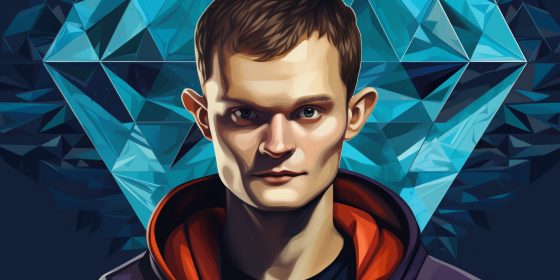An important developer of Ethereum (ETH) and its creator, Vitalik Buterin, has published an article in which he discusses the significant dependency of the current implementation of second-layer virtual machines (EVM L2) on the EVM mainnet. In this publication, he also attempts to explore the possibility of future integration of Rollup technology with built-in ZK-EVM at the L1 level.
Vitalik presented several alternative implementation options and explored compromises, design conflicts, and reasons for rejecting certain development paths. The Russian-Canadian developer emphasized that "EVM layer 2 protocols running on the Ethereum network must have a high degree of trust in an extensive codebase. A potential error in it can lead to vulnerabilities and risks."
According to Vitalik Buterin, the current situation is unacceptable. Many projects simply duplicate functionality that already exists in Ethereum. The essence of ZK-EVM technology, essentially, boils down to performing similar work to block verification at the first-layer network (L1). The developer stressed that in the coming years, "light clients" are expected to become more powerful and start using ZK-SNARK technology for full verification of EVM execution at the L1 level.
Buterin also emphasized that the functionality implemented on L2 will be processed by the protocol. However, second-layer projects will still be responsible for many important functions.
Regarding the "MEV mitigation strategy," Vitalik Buterin expressed the opinion that one of the options could be the use of encrypted mempools. Additionally, the choice of sequencer could be reputation-based, and the introduction of other functions that level 1 cannot provide may be possible.
Second-layer networks are capable of introducing "significant extensions to EVM that bring greater value to users." This implies various approaches, such as WASM support in Arbitrum Stylus and the use of SNARK-friendly Cairo language. Finally, Vitalik emphasized that maintaining the ease of use of the network for both users and developers remains a critically important task.








